March 10, 2024
8 Cantaloupe Benefits: Here’s Everything You Need To Know In 2024
Cantaloupe is a delicious, juicy fruit typically enjoyed in the summer months. Beyond its sweet…
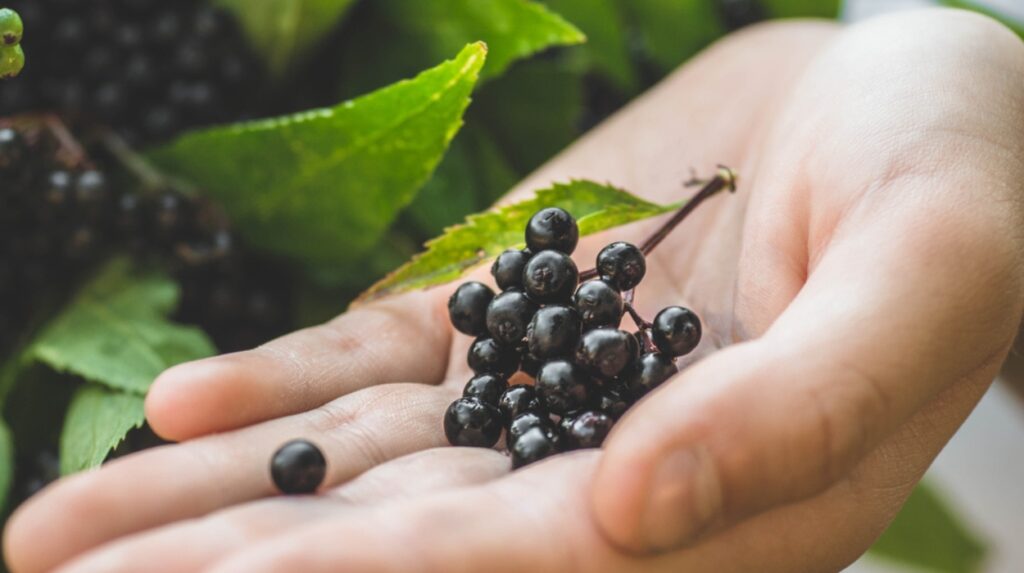
March 12, 2024
Elderberry is a rich natural source of health-promoting bioactive compounds and has a long history of use in folk medicine. This dark purple berry is traditionally used as a natural…
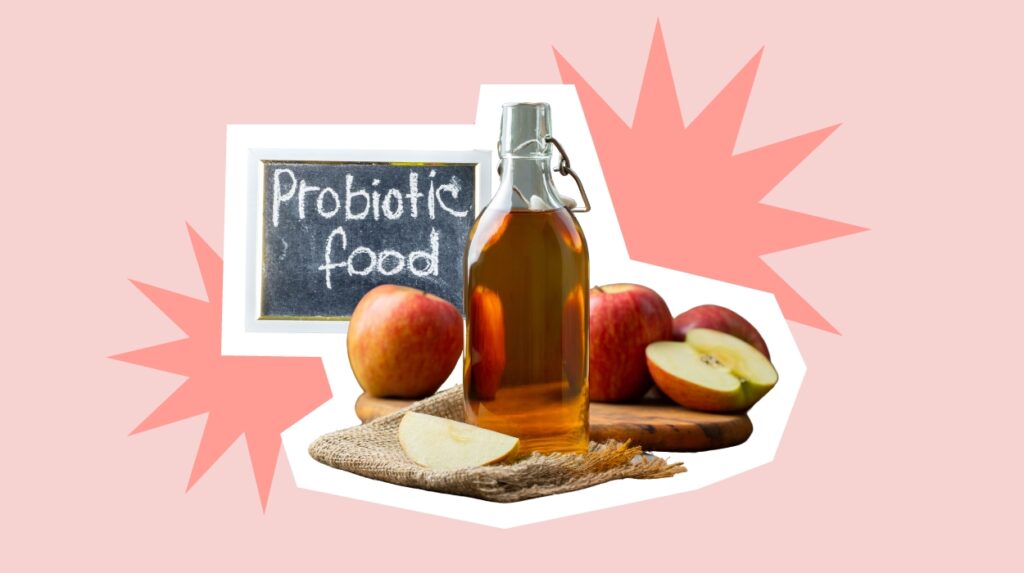
March 11, 2024
Apple cider vinegar, or ACV, has been seriously trending for the last few years. Some people drink vinegar water daily, thanks to its purported health benefits. You can find posts…
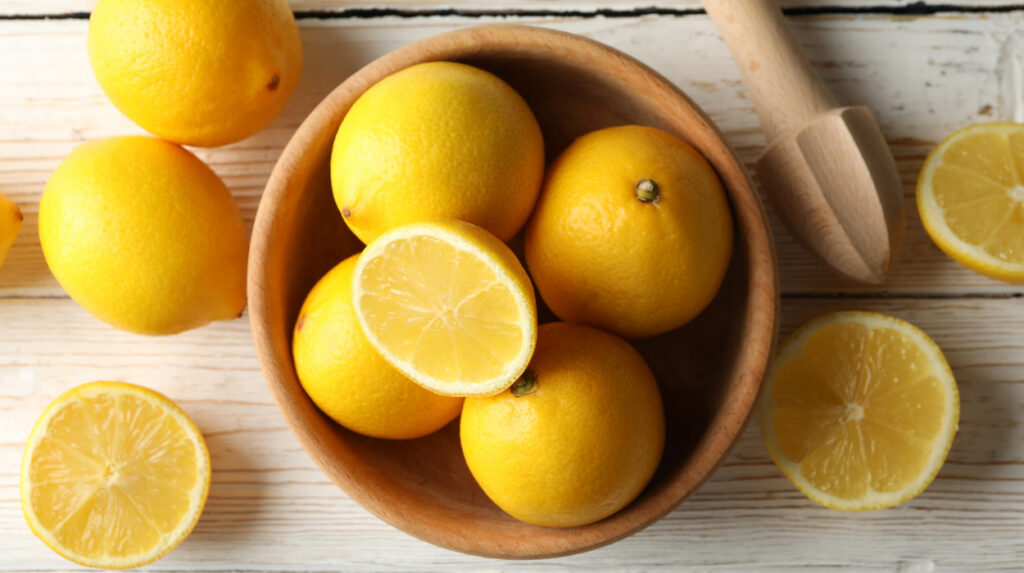
March 11, 2024
Lemon is a sharp citrus fruit with several health benefits. High in vitamin C and health-promoting polyphenols, lemon is more than a garnish — it could also enhance your long-term…
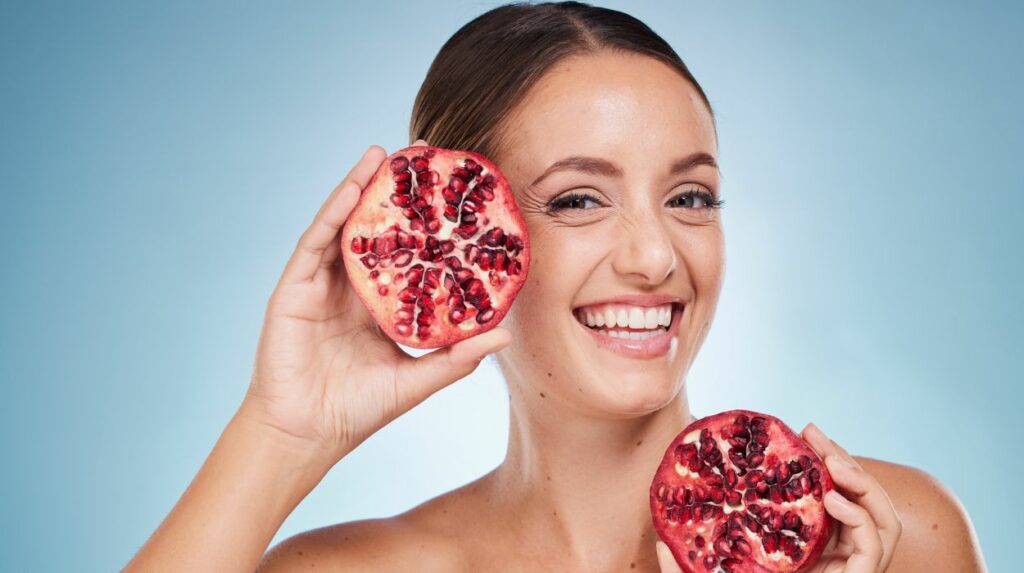
March 11, 2024
Nothing beats natural when it comes to skincare. Many fruits and natural ingredients are popular for their cosmetic and therapeutic skin benefits. Pomegranates are one of the healthiest fruits, rich…
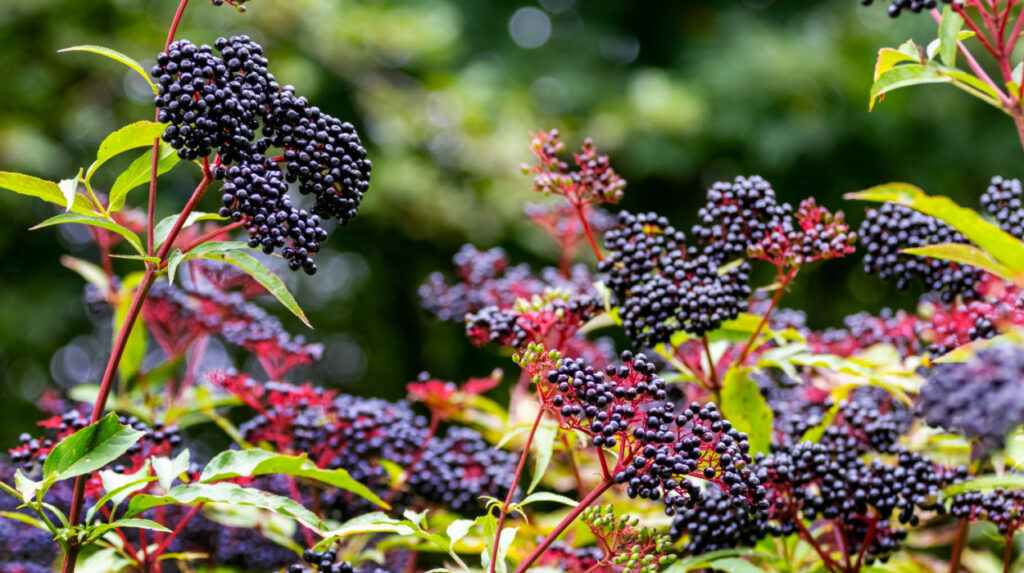
March 10, 2024
Elderberry is frequently taken as a dietary supplement to combat the common cold and flu symptoms. Yet, to get to this stage, the elderberry plant undergoes various processing steps. So,…
 By Krista Bugden, Health Writer
By Krista Bugden, Health Writer
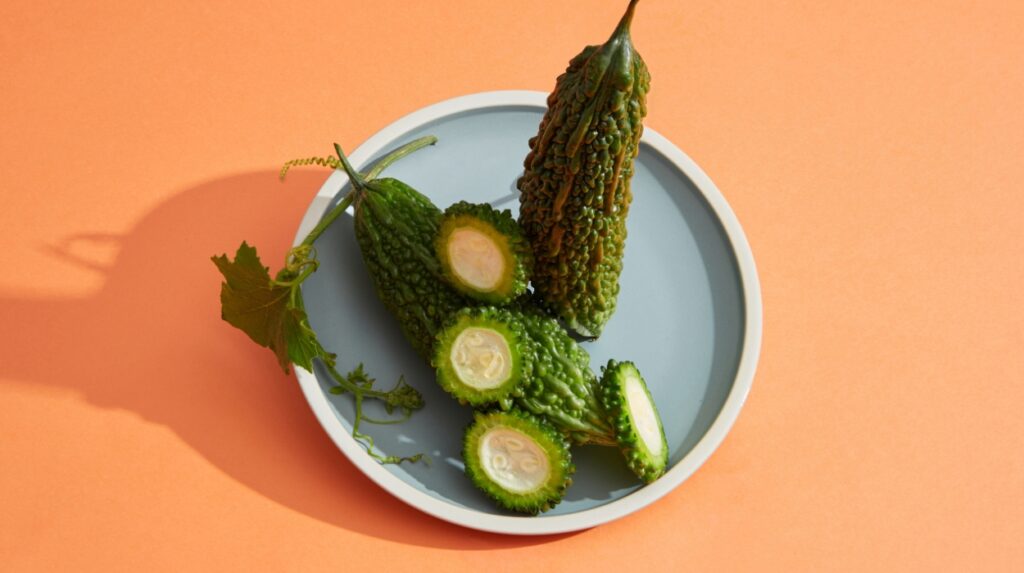
March 10, 2024
Most of us know that fruits and vegetables are healthy. However, we probably imagine eating typical produce, such as apples or carrots. However, less common fruits and veggies come with…
 By Chelsea Rae Bourgeois, RDN
By Chelsea Rae Bourgeois, RDN
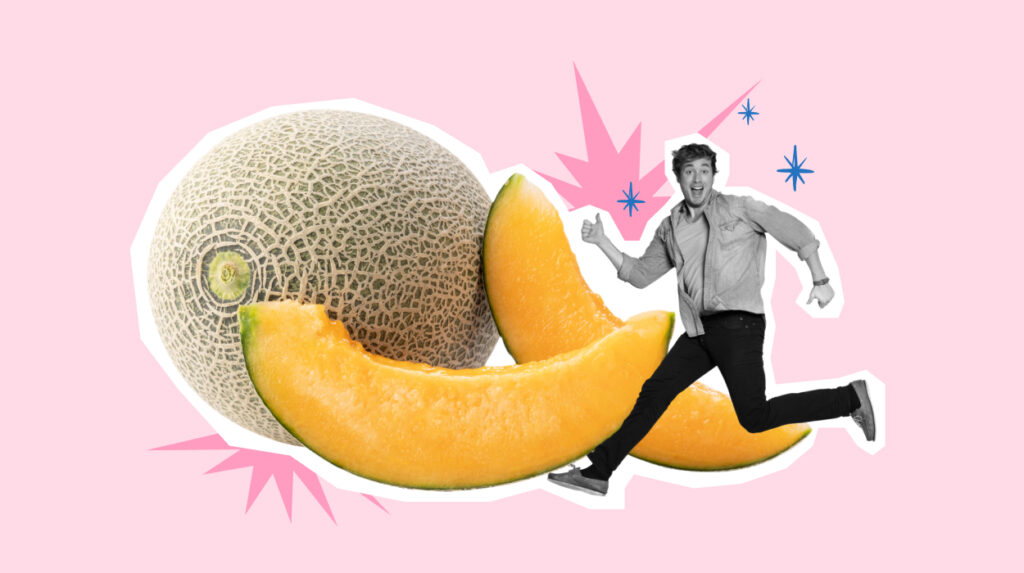
March 10, 2024
Cantaloupe is a delicious, juicy fruit typically enjoyed in the summer months. Beyond its sweet…
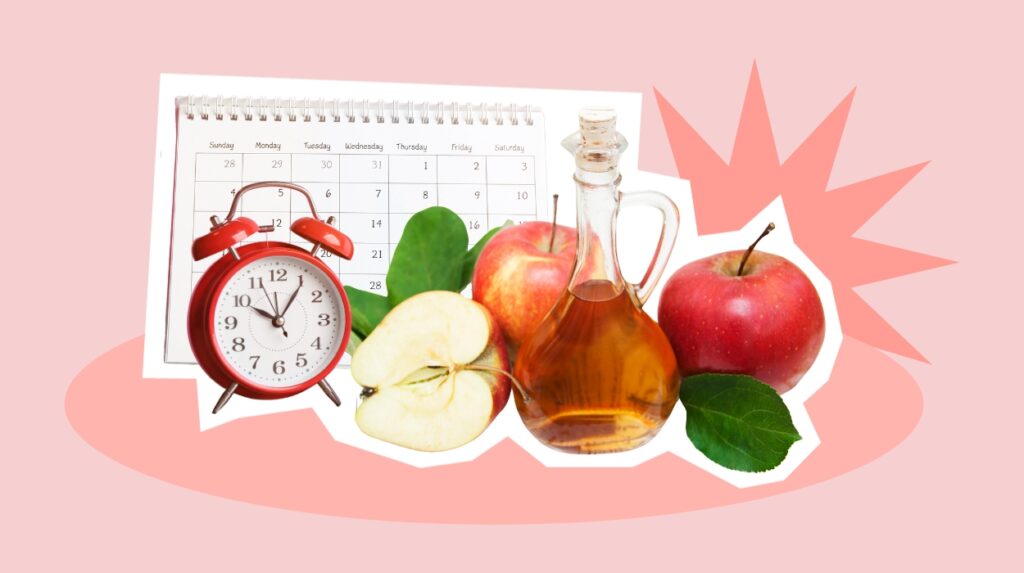
March 10, 2024
Apple cider vinegar[1] is a vinegar made from fermented apple juice and has numerous health…
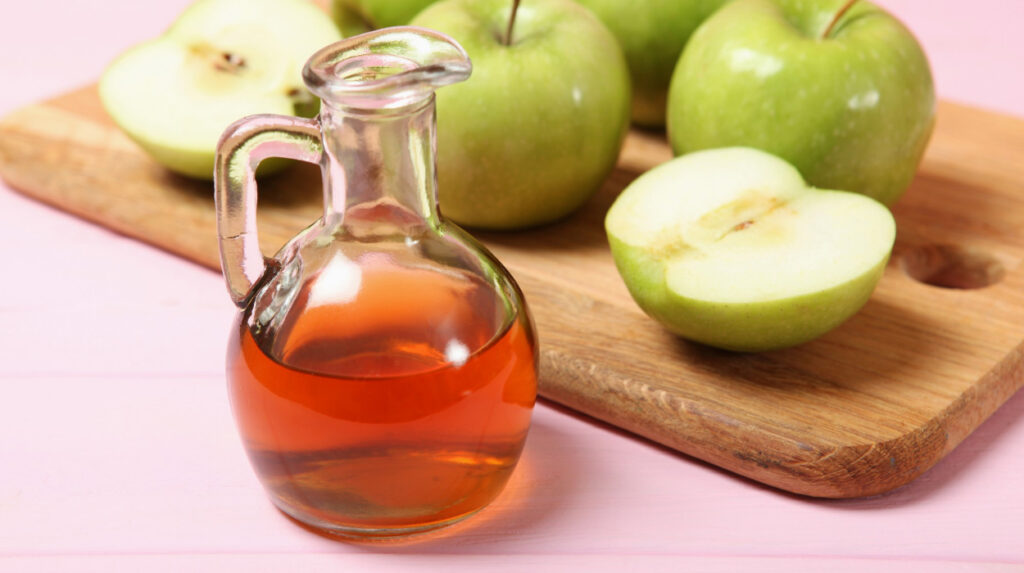
March 09, 2024
Acne vulgaris, the most common skin disorder[1] worldwide, can be a persistent and frustrating skin…
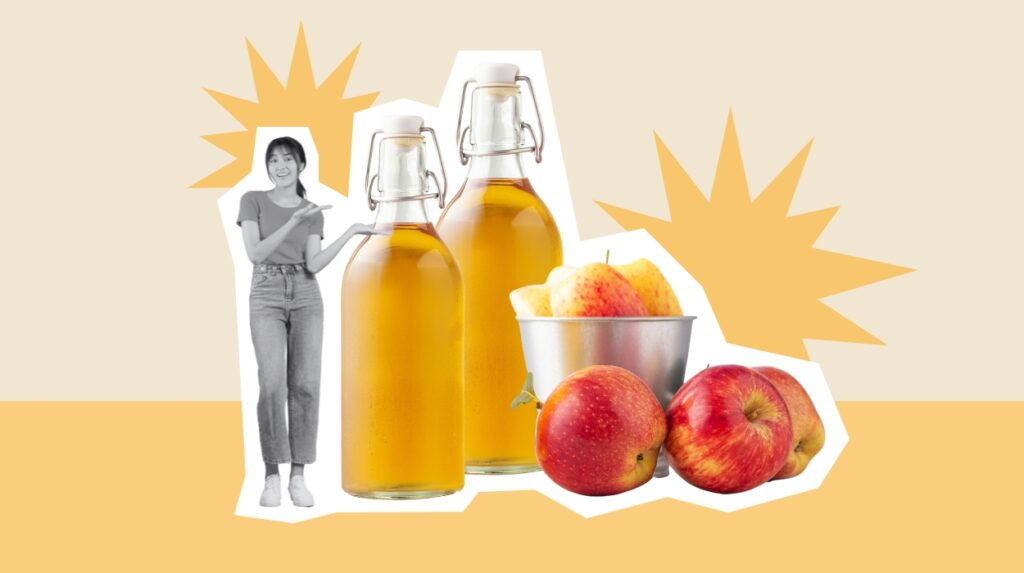
March 09, 2024
Vinegar made from fermented apple juice is called apple cider vinegar or ACV. Vinegar is…
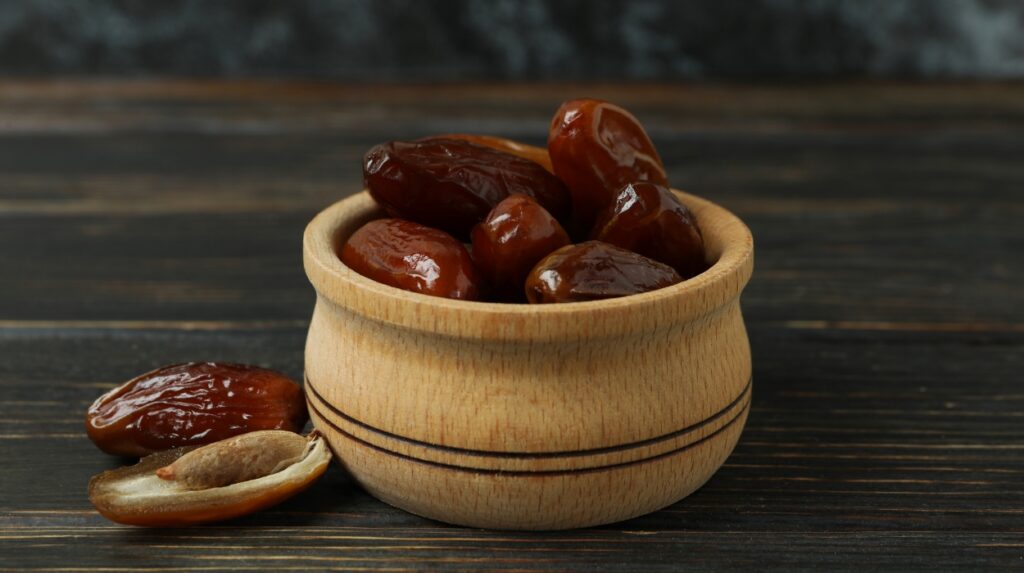
March 08, 2024
As one of the healthiest fruits, dates are enjoyed due to their remarkable nutritional profile and numerous health benefits. Specifically, dates offer a wide range of advantages for women’s health…
 By Susan Adeosun, MD & Public Health Enthusiast
By Susan Adeosun, MD & Public Health Enthusiast
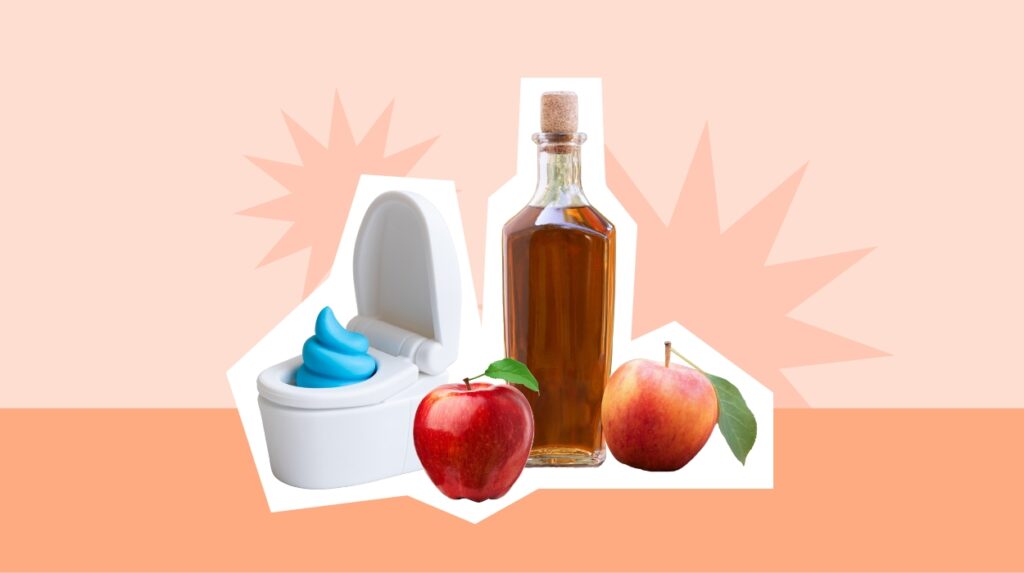
March 08, 2024
Having trouble going to the bathroom? Regular bowel habits are crucial for our well-being. Constipation is a common issue many of us have experienced occasionally. Usually, the first go-to response…
 By Susan Adeosun, MD & Public Health Enthusiast
By Susan Adeosun, MD & Public Health Enthusiast
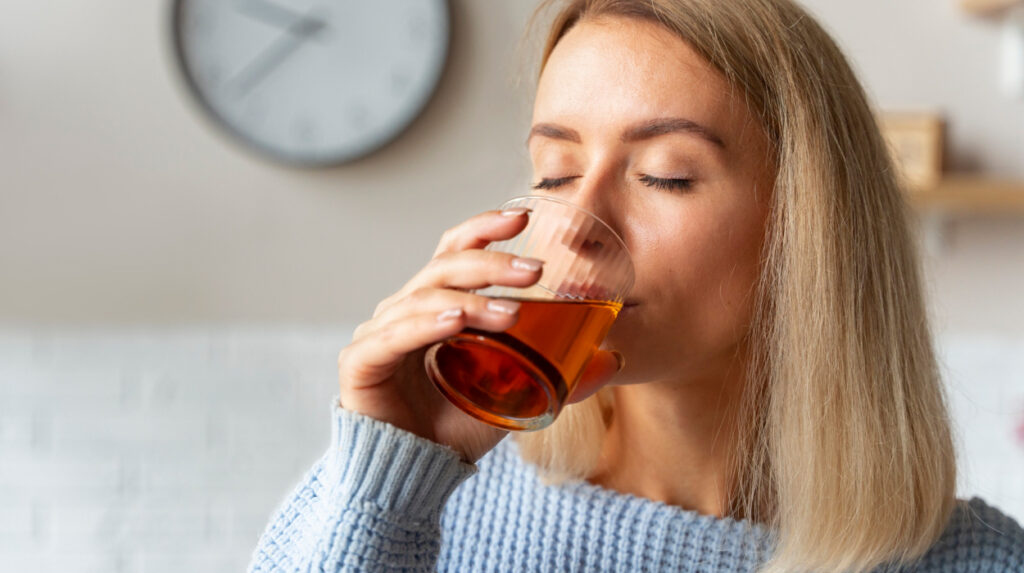
March 08, 2024
A sore throat is an unpleasant accompaniment to the common cold. Allergies, bacteria, and viruses in the environment can cause a sore throat, leading to pain and high fever. Some…
 By Mitchelle Morgan, MA
By Mitchelle Morgan, MA
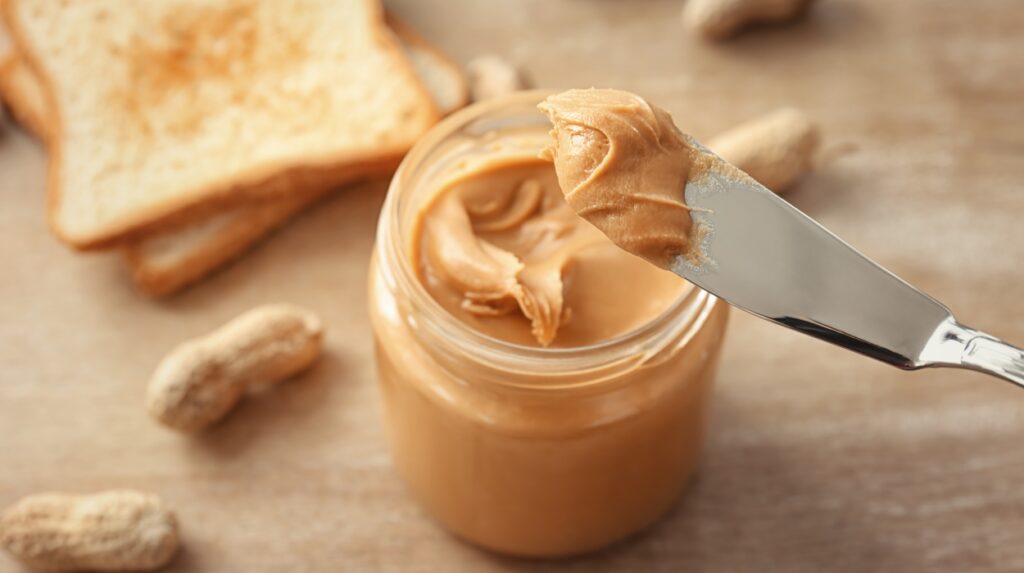
March 07, 2024
Peanut butter has a delectable taste and texture. It’s creamy, savory, and delightful. It enhances the flavor of practically any food it is added to and has a wealth of…
 By Sarah Hickel, RDN
By Sarah Hickel, RDN
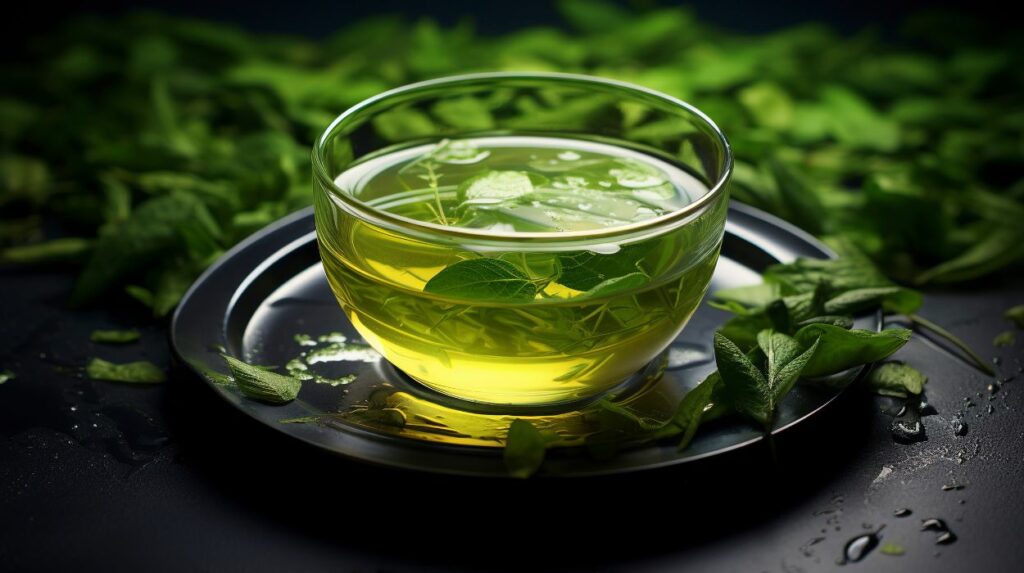
March 07, 2024
The use of food supplements for weight loss purposes has rapidly gained popularity in recent years. One of these food supplements is green tea which has been linked to weight…
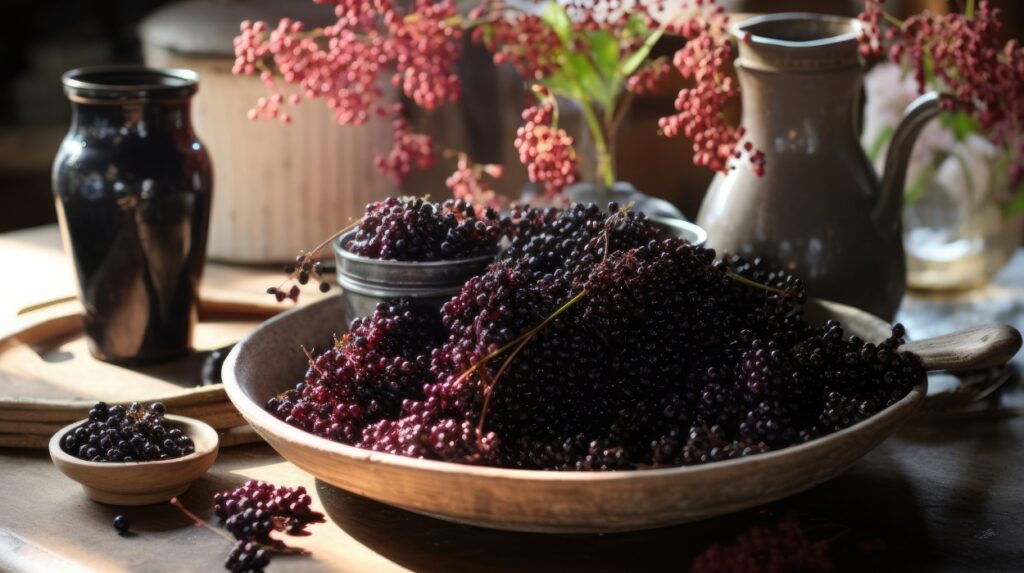
March 07, 2024
You’ve probably seen elderberry sold as a dietary supplement at your local grocery store or pharmacy. Most commonly, it’s used to alleviate cold and flu symptoms. Yet, surprisingly, most people…
 By Krista Bugden, Health Writer
By Krista Bugden, Health Writer
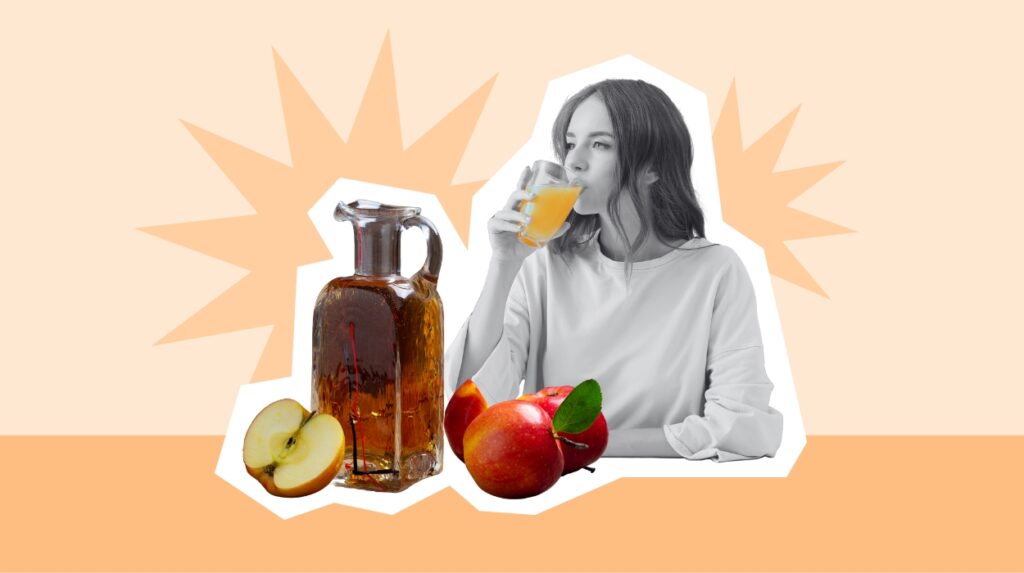
March 06, 2024
While commonly used in salad dressing, sauces, and soups, apple cider vinegar or ACV has benefits beyond serving as a component of delicious culinary creations. From Victoria Beckham to the…
 By Krista Bugden, Health Writer
By Krista Bugden, Health Writer
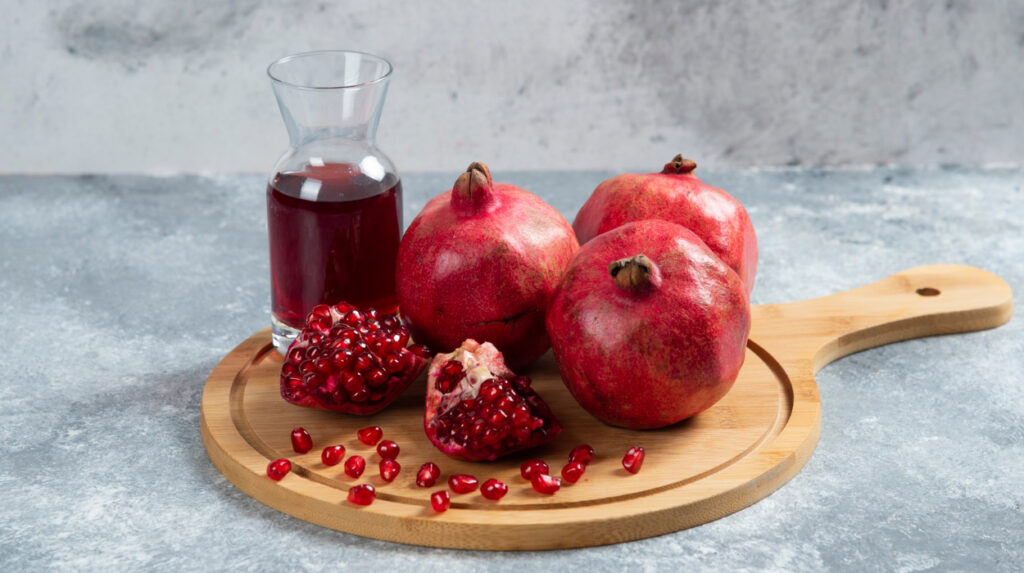
March 06, 2024
Pomegranates are a round, ruby-red tropical fruit native to Iran and Northern India. These days, they are cultivated across the Middle East, the Mediterranean, and the United States. It is…
 By Candice Fulker, Health Writer
By Candice Fulker, Health Writer
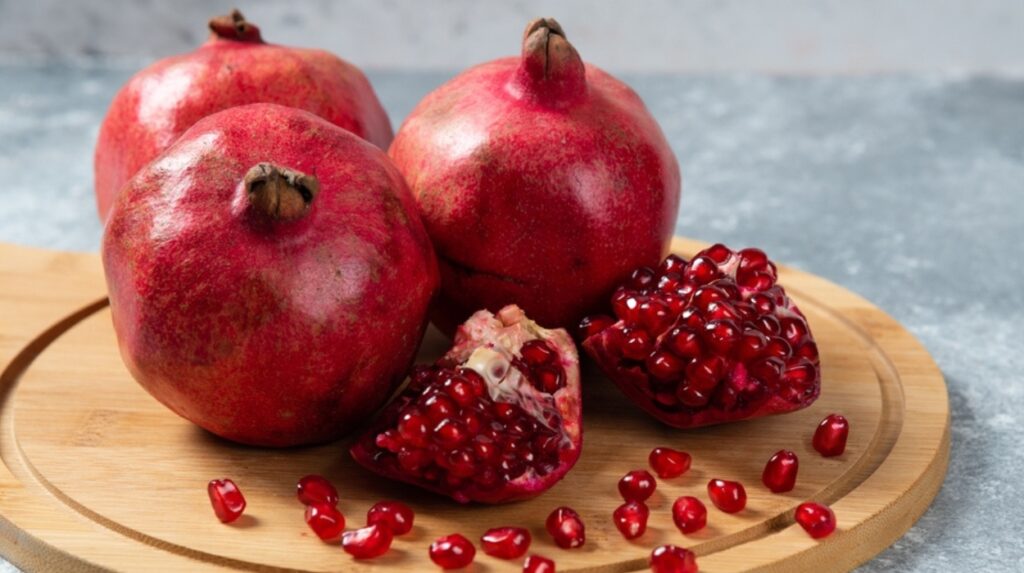
March 06, 2024
Are you looking for a healthy fruit that is rich in flavor and offers health benefits? There are many health benefits to eating nutrient-dense pomegranates Pomegranates, known scientifically as Punica…
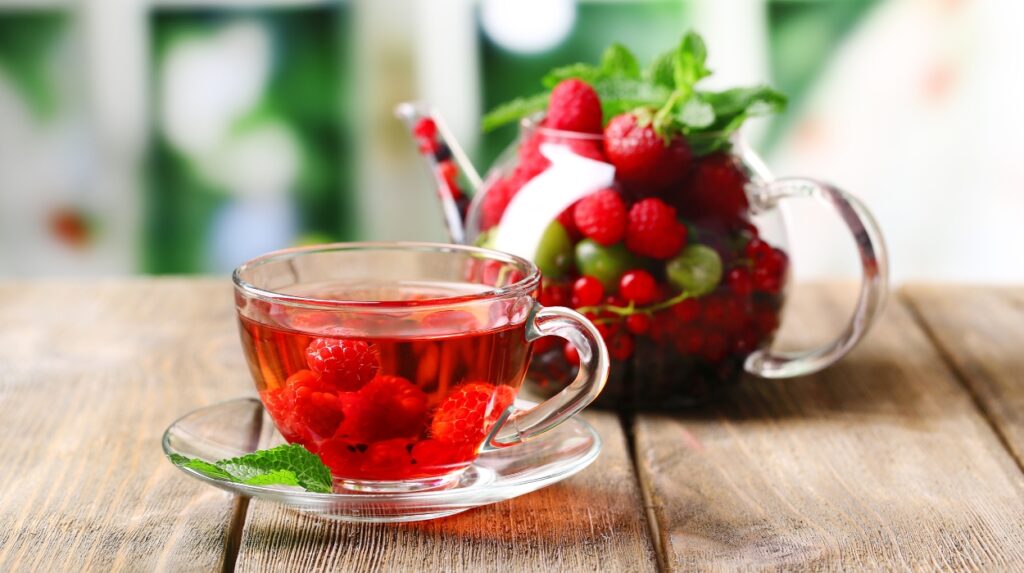
March 05, 2024
Strawberries[1] are a favorite fruit for many people for good reasons. These healthy fruits can be eaten fresh, added to drinks, or baked goods. Apart from eating fresh strawberries, you…
 By Mitchelle Morgan, MA
By Mitchelle Morgan, MA
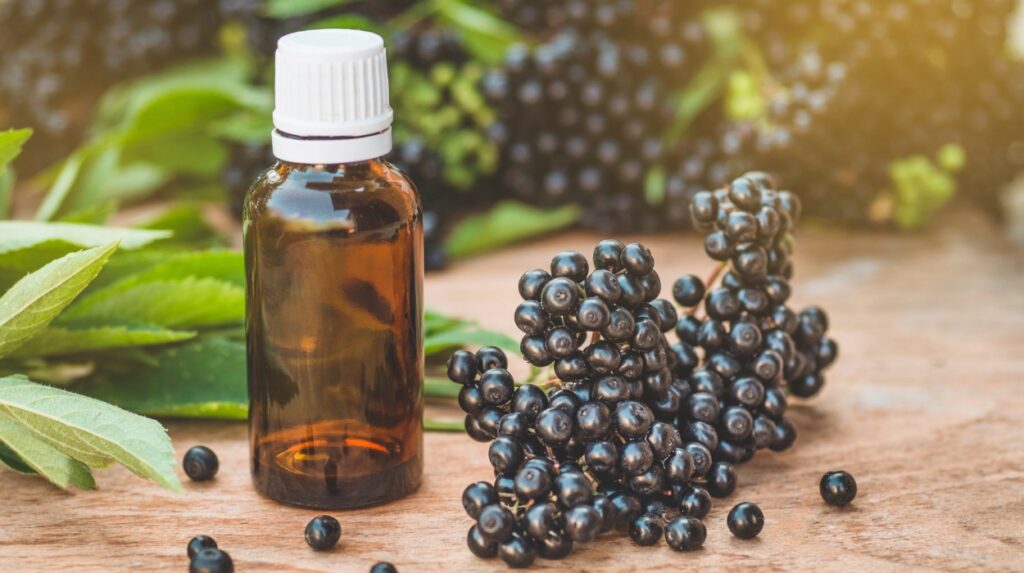
March 04, 2024
Amid the cold and flu season, it’s helpful to know about natural remedies. Vitamins like zinc[1] and vitamin C[2] have their place in helping to protect and support the immune…
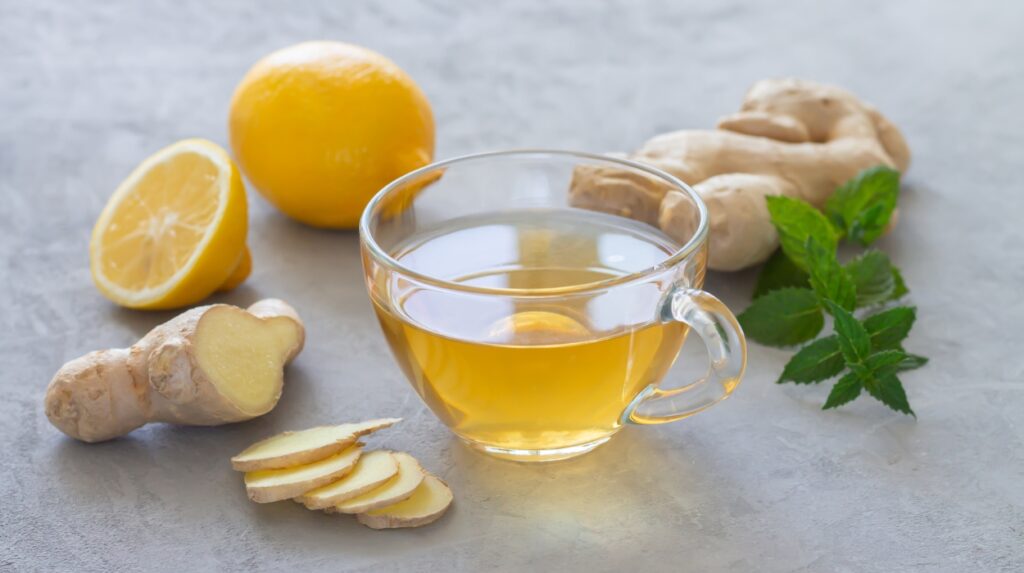
March 04, 2024
Ginger is a knobby, aromatic root that comes from the Zingiber officinale plant. The root is prized for its culinary uses and taste in food dishes and beverages. But, do…
 By Trisha Govender, CPD
By Trisha Govender, CPD
Subscribe to free WebMD newsletters.
By clicking Subscribe, I agree to the WebMD Terms & Conditions & Privacy Policy and understand that I may opt out of WebMD subscriptions at any time.